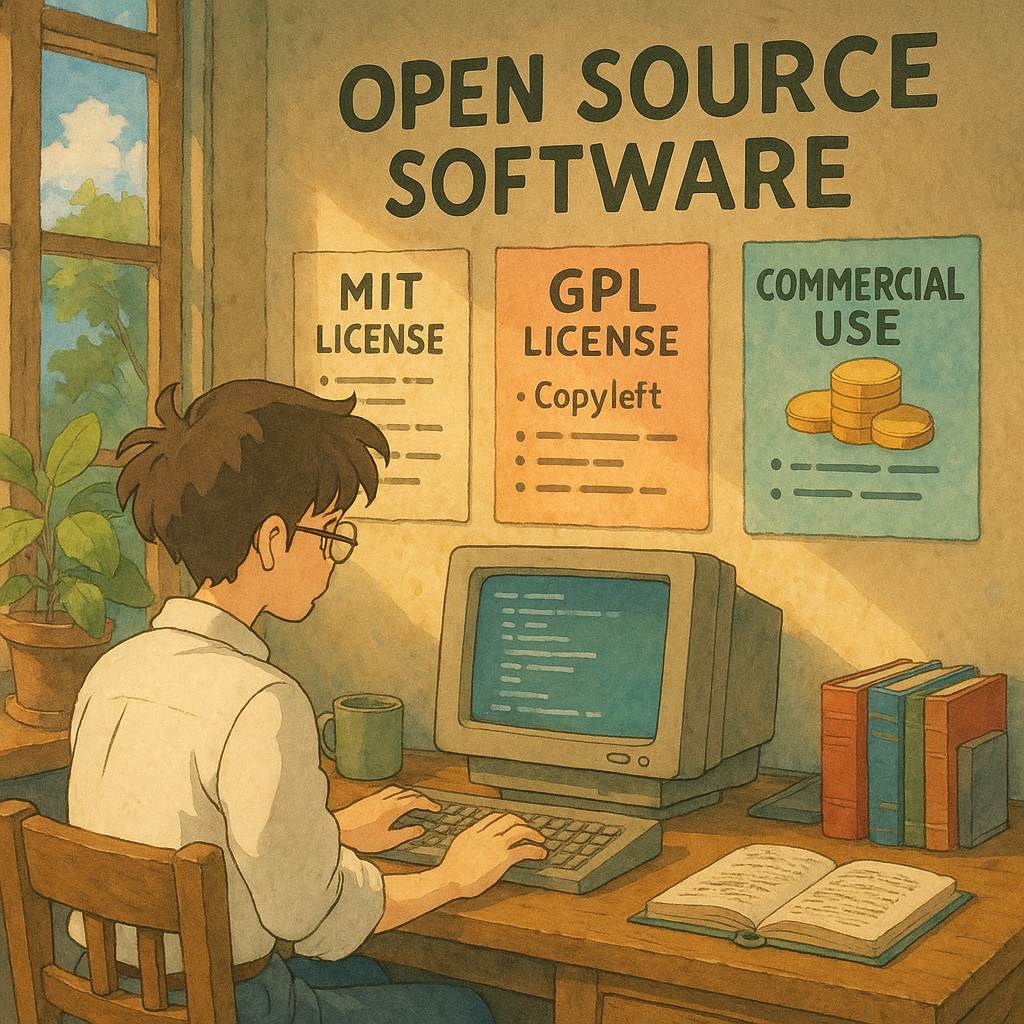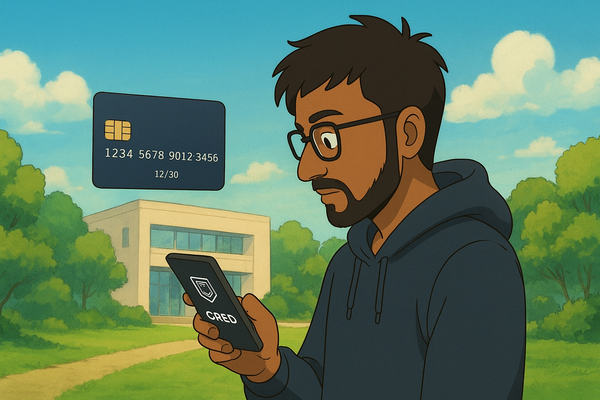Understanding Open Source Software and Its Licenses: What It Means for Business

Open source software (OSS) is software whose source code is freely available for anyone to inspect, modify, and distribute. This model has transformed how software is developed and shared, powering everything from personal projects to global enterprises. But while OSS is “free” in many ways, using it—especially commercially—requires understanding the licenses that govern it.
Key Open Source Licenses
Different open source licenses set different rules for how software can be used, modified, and redistributed. Here are some of the most common:
- Permissive Licenses (e.g., MIT, Apache 2.0, BSD)
These licenses are very flexible. They allow you to use, modify, and even integrate the code into proprietary software with few restrictions. The main requirements are often attribution (crediting the original authors) and including a copy of the license in your distribution.
Commercial Meaning: Companies can build products on top of this code and keep their own enhancements closed-source, which makes permissive licenses popular for startups and big tech companies alike. - Copyleft Licenses (e.g., GPL, AGPL)
Copyleft licenses are stricter. The GNU General Public License (GPL) requires that any derivative work you distribute must also be open source under the same license. The Affero GPL (AGPL) goes further, covering software delivered over a network.
Commercial Meaning: Companies using GPL-licensed software in their products must share their modified source code, which some businesses may see as a risk to their competitive advantage. This is why firms often prefer permissive licenses or dual licensing. - Creative Commons & Other Specialized Licenses
While Creative Commons is mostly for content, some software or documentation might use it. Other niche licenses exist for specific needs, but they’re less common in mainstream OSS projects.
What “Free” Really Means
In OSS, “free” refers to freedom, not just price. The “Free Software Foundation” emphasizes the freedom to run, study, share, and modify software. However, open source doesn’t automatically mean zero cost—some companies make money offering support, custom features, or “Open Core” models where the core is open source but premium features are proprietary.
Commercial Benefits and Risks
For businesses, using OSS can mean faster development, lower upfront costs, and access to a wider developer community. But compliance is crucial. Violating license terms—whether by failing to provide source code or proper attribution—can lead to legal disputes.
Many successful companies like Red Hat, GitLab, and Elastic have built entire business models around open source, proving that openness and profitability can coexist.
Final Thoughts
Open source software is a powerful tool, but its licenses are not just technicalities—they define how software can be used, shared, and monetized. Understanding these licenses helps businesses innovate responsibly, stay compliant, and thrive in the open source ecosystem.


